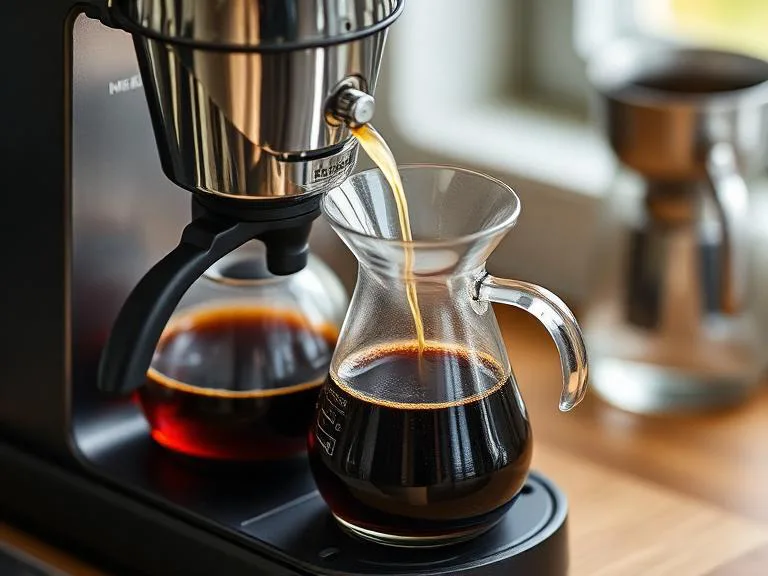How to Choose Good Coffee Beans
Selecting quality coffee beans can transform your daily brew from ordinary to extraordinary. With countless options available from coffee roasters Australia wide, understanding what separates exceptional beans from mediocre ones empowers you to make informed choices that elevate your coffee experience. Whether you’re new to speciality coffee or refining your palate, these essential guidelines will help you navigate the world of premium roasted coffee.
Understanding Roast Dates and Freshness
The single most important factor when choosing coffee beans is freshness. Roasted coffee begins losing its vibrant flavours within weeks of roasting, which is why the roast date matters more than any fancy packaging or marketing claims. Quality coffee roasters Australia always print a clear roast date on their bags—not just a vague “best before” date.
Aim to purchase beans roasted within the past two to four weeks. During this window, the coffee retains its complex flavour notes, aromatic oils, and the characteristics that justify speciality coffee pricing. Beans sitting on supermarket shelves for months have already lost most of what makes them special, regardless of their origin or varietal.
Establishing a relationship with local coffee roasters Australia ensures consistent access to fresh beans. Many roasters offer subscription services that deliver freshly roasted coffee directly to your door, timed perfectly for optimal flavour.
Origin and Varietal Considerations
Coffee’s flavour profile varies dramatically based on where it’s grown. Ethiopian beans often showcase floral and fruity notes, whilst Colombian coffees typically offer balanced sweetness with chocolate undertones. Brazilian beans tend towards nutty, caramel flavours, and Kenyan varieties bring bright, wine-like acidity.
Don’t feel pressured to choose exotic origins exclusively. Reputable coffee roasters Australia carefully select beans based on quality rather than rarity. A well-sourced Brazilian coffee will always outperform a mediocre Ethiopian, regardless of origin prestige.
Single-origin coffees highlight the unique characteristics of specific regions, whilst blends combine beans to achieve balanced, consistent flavour profiles. Neither approach is inherently superior—your preference depends on whether you enjoy exploring distinct regional characteristics or prefer reliable consistency.
Roast Levels and Personal Taste
Roast level significantly impacts flavour, and understanding these differences helps you select beans matching your preferences. Light roasts preserve origin characteristics, showcasing fruity, floral, and acidic notes. Medium roasts balance origin flavours with roasting sweetness, offering chocolate and caramel notes alongside fruit. Dark roasts emphasise bold, smoky flavours with reduced acidity, though they can mask origin characteristics.
Quality roasted coffee shouldn’t taste burnt or excessively bitter, even in darker roasts. Skilled roasters develop roast profiles that enhance rather than overpower the beans’ natural qualities. If your dark roast tastes ashy or one-dimensional, the issue is likely roasting quality rather than your taste preferences.
Processing Methods Matter
How coffee cherries are processed after harvesting influences flavour significantly. Natural (dry) processed coffees offer intense fruit flavours and fuller body. Washed (wet) processed beans deliver cleaner, brighter flavours with pronounced acidity. Honey processed coffees fall somewhere between, offering sweetness with moderate body.
Speciality roasters typically specify processing methods on their packaging. Experimenting with different processes from the same origin reveals how dramatically this factor affects flavour, helping you identify your preferences.
Evaluating Quality Indicators
Beyond roast dates and origins, several signs indicate quality beans. Look for packaging with degassing valves, which allow carbon dioxide to escape whilst preventing oxygen from entering. This protects roasted coffee from staleness.
Transparent information about sourcing, including farm names, processing methods, and flavour notes, suggests the roaster prioritises quality and traceability. Ethical sourcing certifications, whilst not guaranteeing flavour, often correlate with careful production that yields better-tasting coffee.
Avoid pre-ground coffee whenever possible. Whole beans retain freshness substantially longer, and grinding immediately before brewing maximises flavour extraction.
Starting Your Coffee Journey
Begin by purchasing small quantities from different roasters to explore various origins, roast levels, and processing methods. Take notes on what you enjoy, building knowledge of your preferences over time.
Many speciality roasters offer tasting flights or sample packs specifically designed for exploration. These curated selections provide excellent starting points for developing your palate without committing to large quantities of unfamiliar beans.
Remember that choosing good coffee beans is ultimately about personal enjoyment rather than following rigid rules. Trust your palate, experiment broadly, and don’t hesitate to ask roasters for recommendations based on your taste preferences. The perfect beans for you are the ones that make your daily coffee ritual something you genuinely look forward to.





